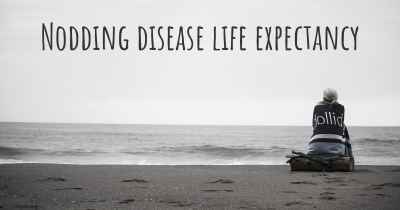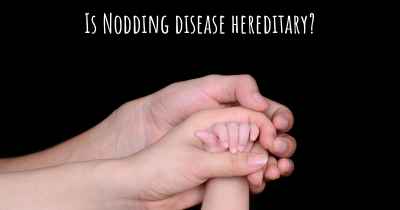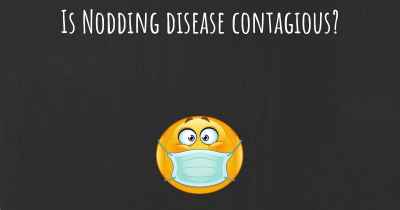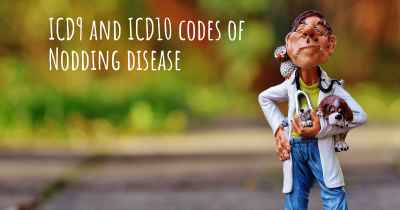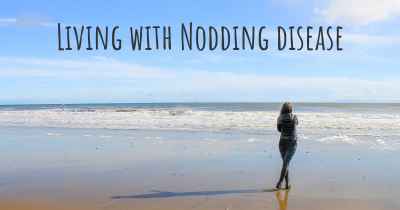How is Nodding disease diagnosed?
See how Nodding disease is diagnosed. Which specialists are essential to meet, what tests are needed and other useful information for the diagnosis of Nodding disease
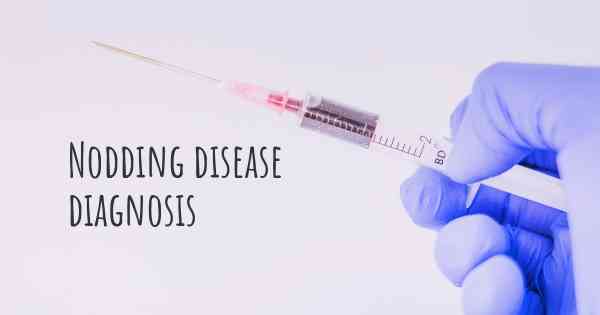
How is Nodding Disease Diagnosed?
Nodding disease, also known as nodding syndrome, is a rare neurological disorder that primarily affects children in certain regions of East Africa. It is characterized by repetitive nodding movements, seizures, cognitive impairments, and stunted growth. Diagnosing nodding disease can be challenging due to its complex nature and the lack of specific diagnostic tests. However, healthcare professionals rely on a combination of clinical evaluation, medical history, and laboratory investigations to make an accurate diagnosis.
Clinical Evaluation:
The first step in diagnosing nodding disease involves a thorough clinical evaluation by a healthcare professional. They will assess the patient's symptoms, medical history, and conduct a physical examination. The characteristic symptom of nodding disease is the repetitive nodding of the head, which is often triggered by food or cold temperatures. The healthcare provider will also look for other common symptoms such as seizures, cognitive impairments, behavioral changes, and growth retardation.
Medical History:
A detailed medical history is crucial in diagnosing nodding disease. The healthcare provider will inquire about the onset and progression of symptoms, any potential triggers or environmental factors, and the presence of similar cases in the community. Gathering information about the patient's family history, previous illnesses, and exposure to potential risk factors can also provide valuable insights.
Laboratory Investigations:
While there is no specific laboratory test to definitively diagnose nodding disease, certain investigations can help support the diagnosis and rule out other conditions. These may include:
- Electroencephalogram (EEG): An EEG is a non-invasive test that records the electrical activity of the brain. It can help identify abnormal brain wave patterns associated with seizures, which are common in nodding disease.
- Neuroimaging: Imaging techniques such as magnetic resonance imaging (MRI) or computed tomography (CT) scans may be performed to evaluate the structure and function of the brain. These tests can help rule out other neurological disorders that may present with similar symptoms.
- Complete Blood Count (CBC): A CBC is a blood test that provides information about the number and types of blood cells. It can help identify any abnormalities or infections that may contribute to the symptoms.
- Cerebrospinal Fluid (CSF) Analysis: A lumbar puncture, also known as a spinal tap, may be performed to collect a sample of cerebrospinal fluid. Analysis of the CSF can help detect any signs of inflammation, infection, or other abnormalities.
- Metabolic and Genetic Testing: In some cases, metabolic and genetic testing may be recommended to rule out other genetic or metabolic disorders that can present with similar symptoms.
Collaboration and Differential Diagnosis:
Diagnosing nodding disease often requires collaboration between healthcare professionals, including neurologists, pediatricians, and infectious disease specialists. They work together to evaluate the clinical findings, medical history, and laboratory results to reach a diagnosis.
It is important to note that nodding disease shares similarities with other neurological disorders, such as epilepsy, encephalitis, and neurocysticercosis. Therefore, a comprehensive differential diagnosis is essential to exclude these conditions and ensure an accurate diagnosis.
Conclusion:
Diagnosing nodding disease involves a combination of clinical evaluation, medical history, and laboratory investigations. While there is no specific test for nodding disease, healthcare professionals rely on the characteristic symptoms, medical history, and exclusion of other conditions to make an accurate diagnosis. Collaboration between different specialists is crucial in reaching a definitive diagnosis and providing appropriate management for individuals affected by this rare neurological disorder.
